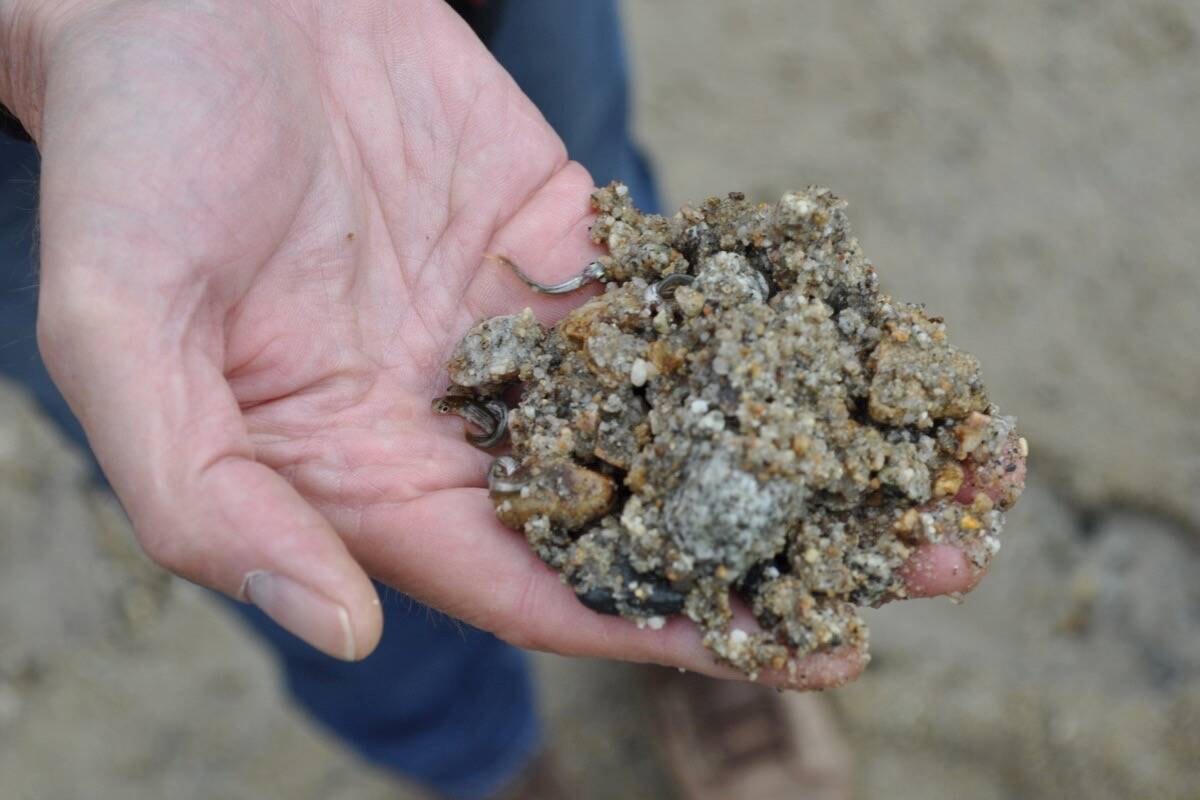


Billions of snow crabs have mysteriously vanished from the waters around Alaska in recent years, leaving scientists puzzled [65085e8c]. However, a new study has shed light on the cause of their disappearance: warmer ocean temperatures. The research suggests that the crabs likely starved to death as a result of the changing climate. Warmer ocean temperatures have been linked to a range of negative impacts on marine life, including the disruption of food chains and the spread of harmful algal blooms [65085e8c]. In addition to the disappearance of snow crabs, the declining snowpack in the West Kootenay region of British Columbia is also impacting wildlife in various ways [aebcef99].
Kokanee, a type of fish, rely on streams and shores with cold, oxygenated groundwater for their eggs, which comes from snowpack melt, glaciers, and precipitation. The declining snowpack is affecting their spawning and survival. Shore spawners, which make up six percent of the lake's Kokanee population, are becoming more important for the species' survival as warming temperatures impact stream flow and spawning channels [aebcef99].
The reduced snowpack is also affecting the migration patterns of Western toads, which are starting to arrive earlier at Summit Lake. Snowpack is crucial for wetter forests and wetlands, which amphibians need to breed [aebcef99]. Wolverines, which dig tunnels into the snow for their dens and use it for refrigeration, are facing habitat intrusion by humans due to the diminishing snowpack [aebcef99].
However, the declining snowpack has less impact on bears, as their hibernation is driven by their circadian rhythm and body fat storage. Bears can wake if the snow covering their den melts off, but their food sources and behavior are more influenced by humans than by snowpack [aebcef99].
These incidents in Alaska and the West Kootenay region highlight the vulnerability of marine ecosystems and wildlife to environmental changes. The warming ocean temperatures and declining snowpack are causing significant disruptions to marine life and terrestrial ecosystems, leading to the loss of important species and potential economic consequences. It is crucial for governments, scientists, and communities to work together to address these issues and implement measures to protect and preserve these ecosystems [65085e8c] [aebcef99].
Meanwhile, in New York, an invasion of mitten crabs poses an economic and ecological threat. The mitten crab, native to East Asia, has been populating the Hudson River, New York Harbor, and the Long Island Sound since its first reported sighting in 2007 [b16b0298]. The New York Department of Environmental Conservation officials warn that the mitten crab can interfere with commercial and recreational fisheries and even cause disruptions in industries by blocking the cooling systems of power plants. The invasion also has negative ecological impacts, including increased erosion from burrowing in stream banks, leading to a higher flood risk, and competition with native species for food and habitat [b16b0298].
To address the mitten crab invasion, the Department of Environmental Conservation advises anyone who catches a mitten crab to not release it. Instead, they should take several photos from different angles and freeze the crab so that it can be collected for testing. Reports of mitten crab sightings can be submitted through iMapInvasives and to the local Partnership for Regional Invasive Species Management [b16b0298].